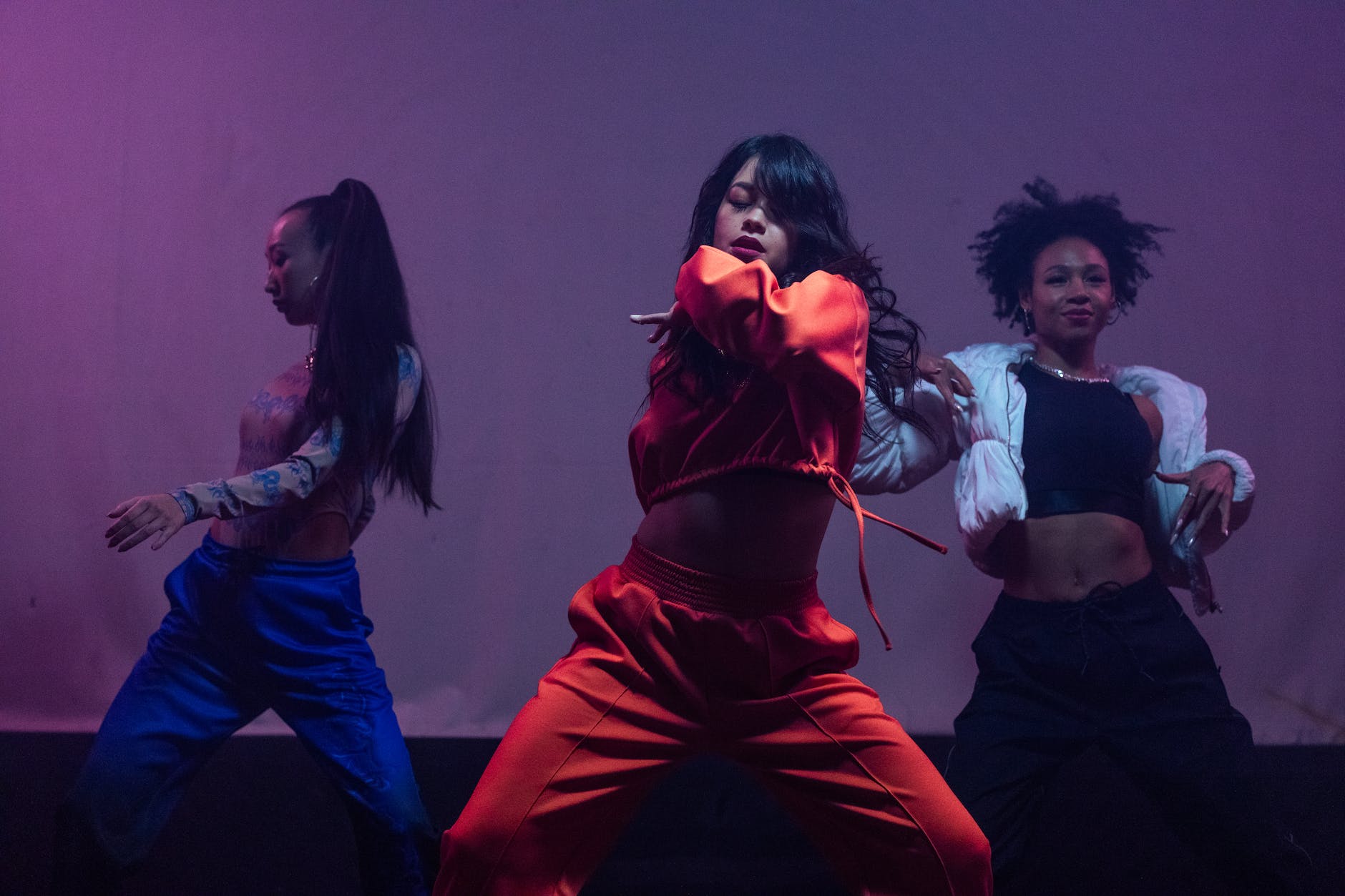Psychedelic art, a form of artistic expression that embodies arcane graphic elements, kaleidoscopic color palettes, and surrealistic subject matter, has paved the way for a new paradigm of creative vision. Appearing as an offshoot of the 1960s cultural revolution, this art genre explores the profound depths of the human psyche, allowing both the artist and viewer to embark on an inner journey of subconscious exploration and metaphysical interpretations.
Many purists in the realm of psychedelic art have argued that the essence of these transformative visuals is grounded in the psychedelic experience, one that has its roots in the altered states of consciousness. These states, achieved through meditation, sensory deprivation, or the use of mind-altering substances, underpin the art style’s fundamental purpose. Namely, to externalize the extraordinary and multi-dimensional artworks latent within human perception.
Visionary artists, then, stand at the cusp of this exploration, unveiling the complex interplay of geometrical elements and vibrant symbols that appeal to transcendent domains of the human mind. These artists seek to illustrate the ineffable nature of their consciousness encounters through the medium of art, providing a gateway to deconstruct and decode the allegorical aspect of these experiences.
The use of symbolic representations is a significant component in the production of psychedelic art. In numerous cultures worldwide, symbols have served as a bridge between concepts, ideas, and realities, accommodating the embodiment of abstract notions into tangible forms. Similarly, in psychedelic art, these representations act like hieroglyphs, conducing to a direct illustration of the subconscious mind and personal revelation.
One striking characteristic of psychedelic art is the extensive use of sacred geometry. Found in nature and revered by various ancient cultures, these geometric patterns are a visual metaphor for the interrelatedness of life. Through these mathematical patterns, artists generate a structure that appeals to universal harmony and connect with spiritual dimensions.
Immersing oneself in these pieces, one can witness intricate arrangements of mandalas, spirals, and fractals dancing rhythmically to an unseen cosmic tune. This artistic tapestry reveals a deep-rooted appreciation for nature and its inherent order, translating into the creation of powerful, visual mantras.
At the heart of psychedelic art is the commitment to create a space that fosters self-exploration and transformative experiences. These psychedelic aesthetics aim to shatter the traditional boundaries of perception, propelling individuals towards a sensory extravaganza that highlights the fluid, ever-changing nature of reality.
Developed around the ethos of 1960s counterculture, and inspired by elements of surrealism and abstract expressionism, psychedelic art becomes a medium to apprehend the psyche’s enigmatic realm. It is an arena where reality’s ordinary constructs dissolve to reveal unchartered lines of thought and layers of understanding.
In conclusion, psychedelic art represents an attempt at translating subjective experiences into a language that all can perceive. It exhibits human consciousness in its most exalted form, unburdened by the constraints of everyday reality, and invites us to traverse the mysterious alleys of our psyche. The multihued, complex patterns and symbolic depictions seen in such art promote mindful contemplation and introspection, integrating the individual’s inner journey with the cosmic voyage of the universe.
The journey to creating and understanding psychedelic art is one that is deeply personal and universally empathetic. It is an exploration of not just the human mind, but of the universe housed within it. In essence, psychedelic art triggers a gateway into self-realization, portraying a perfect blend of creativity, spirituality, and boundless imagination.






